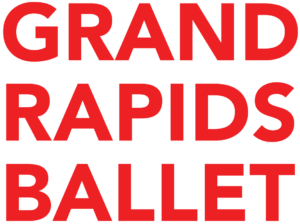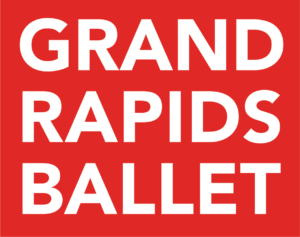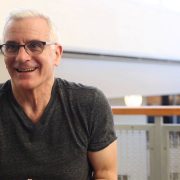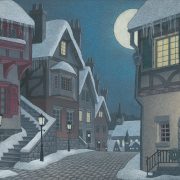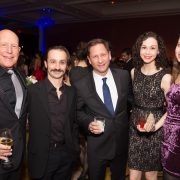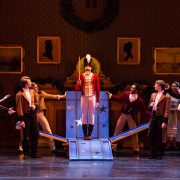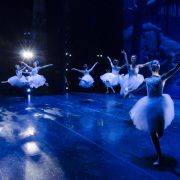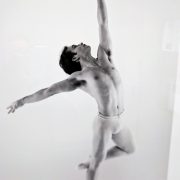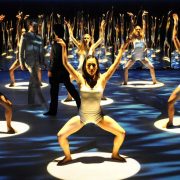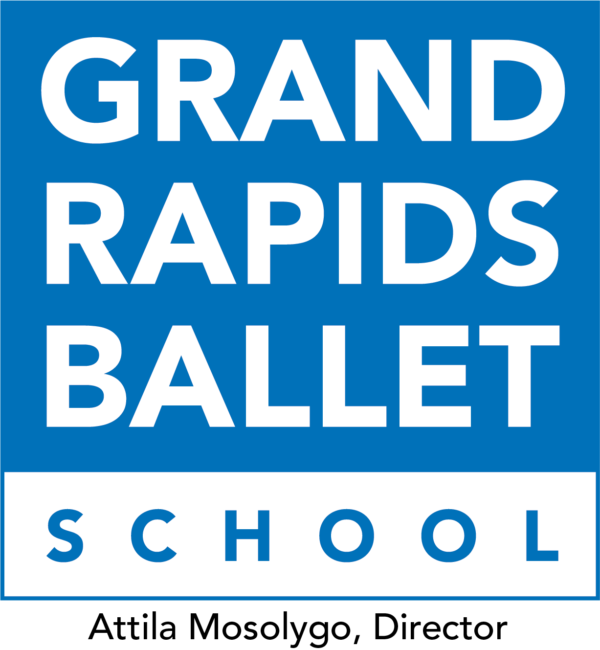MOVEMEDIA is Contemporary Dance at Grand Rapids Ballet
Written by Grand Rapids Ballet Company Dancer Connie Flachs
Photography by Eric Bouwens
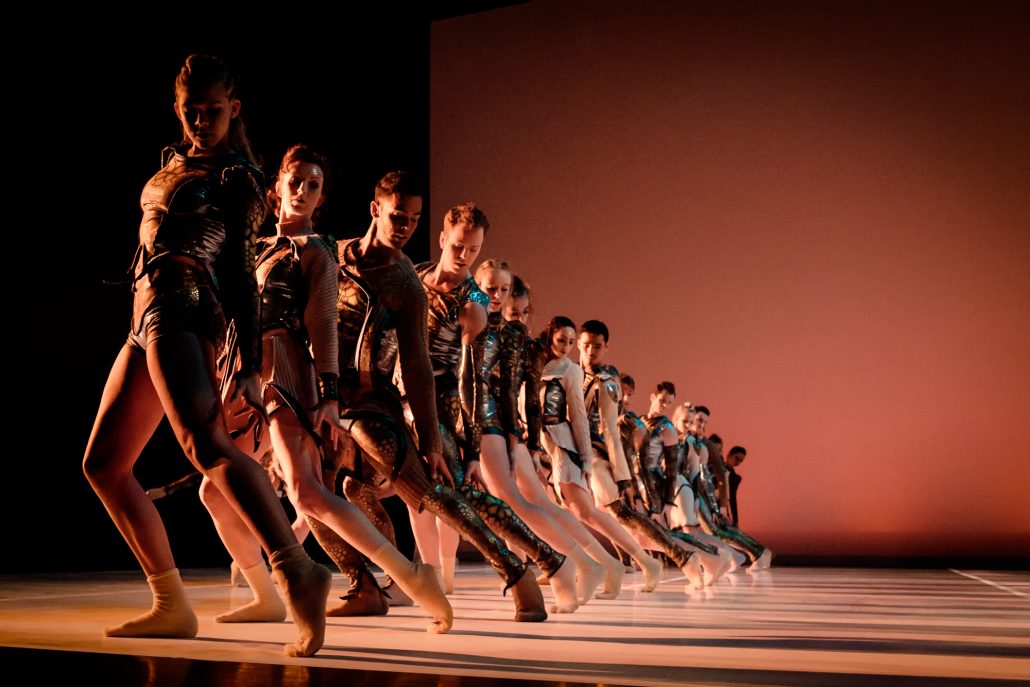
As a dancer with Grand Rapids Ballet, I have felt firsthand the lack of publicity when the arts section of the Grand Rapids Press dissolved. The excitement of opening night’s review was lost. A platform for critical discussion evaporated. The work being done at Grand Rapids Ballet is too important to exist only within the walls of the Peter Martin Wege Theater. Art needs to be reviewed, critiqued, and discussed not only by those of us who create it but by those who view it. I hope this extremely biased review helps spark interest and discussion within the community. The views expressed here are only my own and do not reflect the opinions of Grand Rapids Ballet.
This is the sixth year Grand Rapids Ballet has produced MOVEMEDIA, a show that seeks to push the boundaries and preconceptions of dance beyond what most people visualize when they think “ballet”. MOVEMEDIA has introduced Grand Rapids’ audiences to ballets danced sofas, performed barefoot, or featuring politics. The program also provides a platform for emerging choreographers to create on talented, professional dancers in an experimental environment. This year’s program continues on this path, creating work that utilizes modern technology, the latest dance trends, and the unique talents of Grand Rapids Ballet.
The program opens with “Dear Light Along the Way to Nothingness” choreographed by Robert Dekkers, the artistic director of Post:Ballet in San Francisco. Ambient music and a barren stage with a greenish glow initiate the experience. A single man walks on draped in a warrior-like sweater and scaly tights settling, stagnant on the stage. Others fill the empty space, barely acknowledging each other’s existence. The single man, Levi Teachout, begins to dance in an intense, angular way. A series of solos follow. Just as the piece risks becoming generic movement study the mood breaks and dancers exit, replaced by small trios and solos. This piece clearly exists in a world of its own, as though the audience is peering through a microscope to see what occurs beyond the naked eye. Is this world only at the microscopic level? Is it in the past? Is it a future society? Dekker’s work is particularly unusual for Grand Rapids Ballet. The choreography was created with
large input from the individual dancers. The avant garde costumes, designed by Christian Squires, are shiny and structured in a futuristic manner, accessorized by glittering facial tattoos. The intensity of the performers’ stares raises questions: What are they looking at? What are they searching for? How are they related?
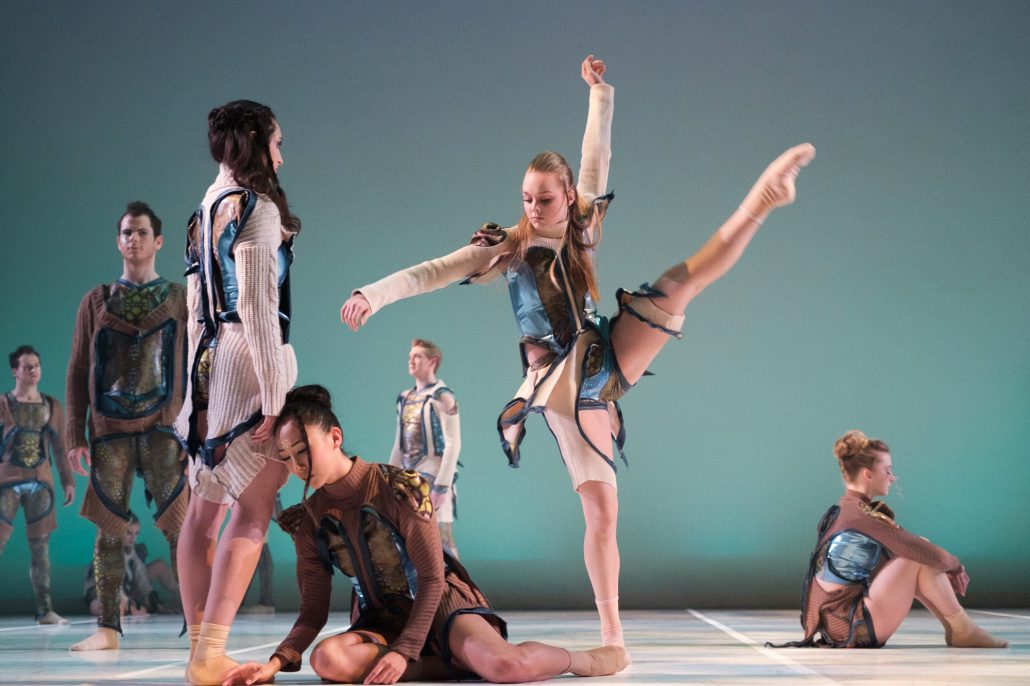
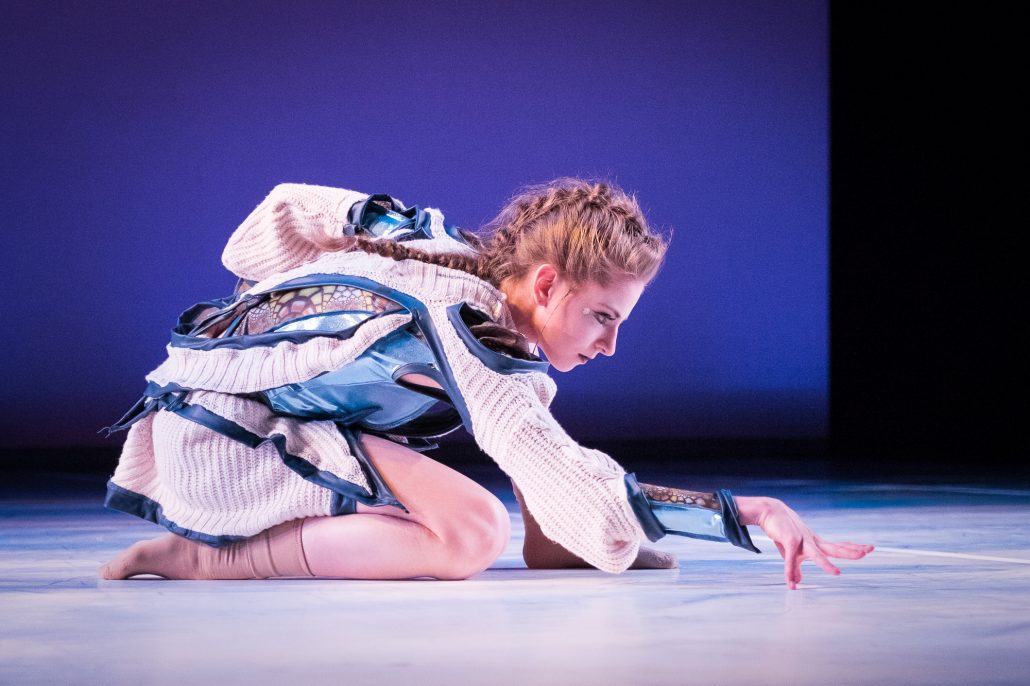
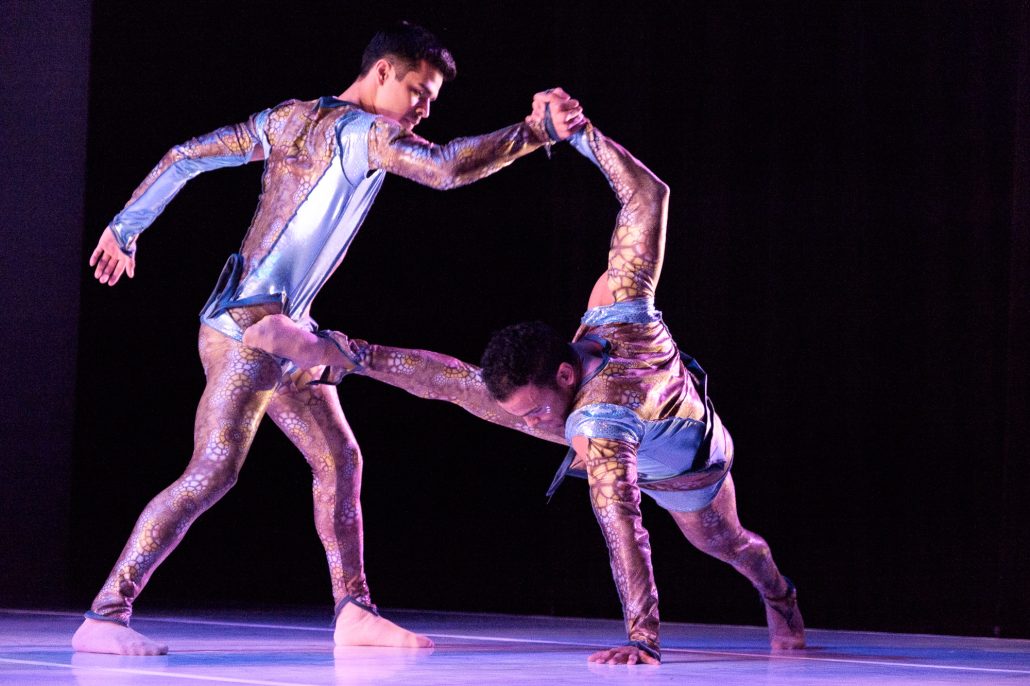
Particularly memorable is an intense shaking section that resolves as a line of dancers washes across the stage. A solo danced by Grace Haskins is especially striking due to her sharp and quirky movements. The eye is also drawn to the strong movements of Caroline Wiley, Cassidy Isaacson, and Adriana Wagenveld as they forcefully descend upon the stage. A pas de deux between Jack Lennon and Yuka Oba is the apex of the piece. Lennon’s powerful stance supports Oba’s fluidity and together they build suspense along with the music’s crescendos. As the ballet draws to a close, Oba is enveloped into the wings by her fellow performers, leaving only Ednis Mallol Gomez and Matthew Wenckowski on stage, struggling with some sort of force. Their superhuman movement, from whizzing revolutions to one armed pushups, fit right into the strange, fantastical world Dekkers has created.
The mood of Robyn Mineko Williams’ “Glean” is a deep contrast to Dekkers’ work. Adriana Wagenveld and Nicholas Schultz emerge into a path of light, dancing a pas de deux filled with manipulation; Wagenveld’s head follows Schultz’s hand; her step forces his knee forward. The movement is simple and honest, as though they’re in the beginning stages of a relationship. The movement isn’t memorable, but Wagenveld’s deep gaze into Schultz’s eyes is hard to forget.
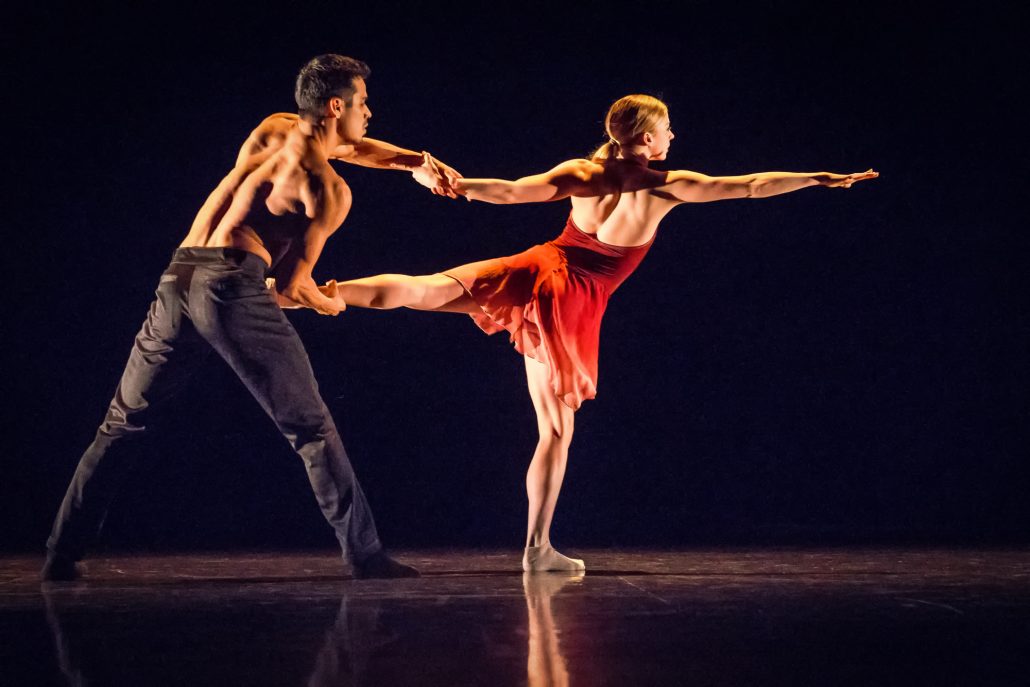
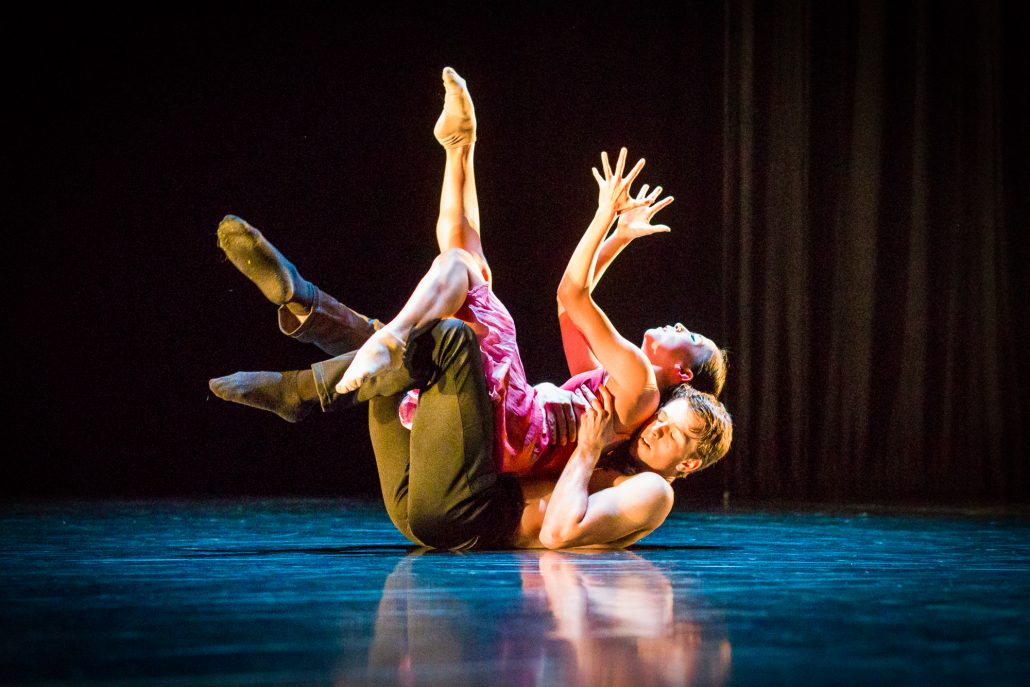
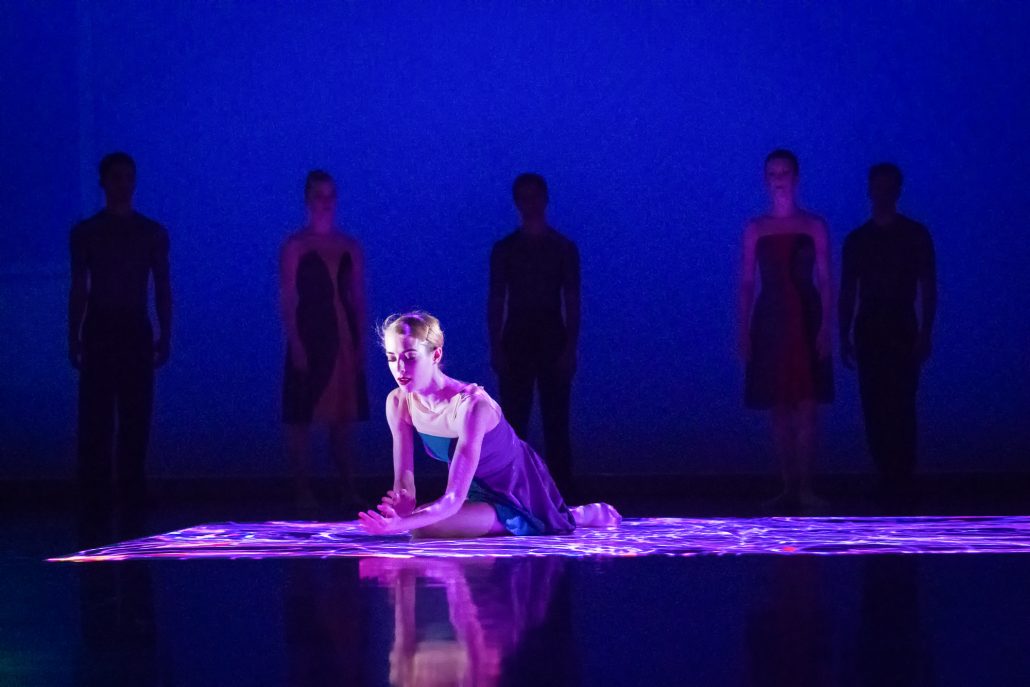
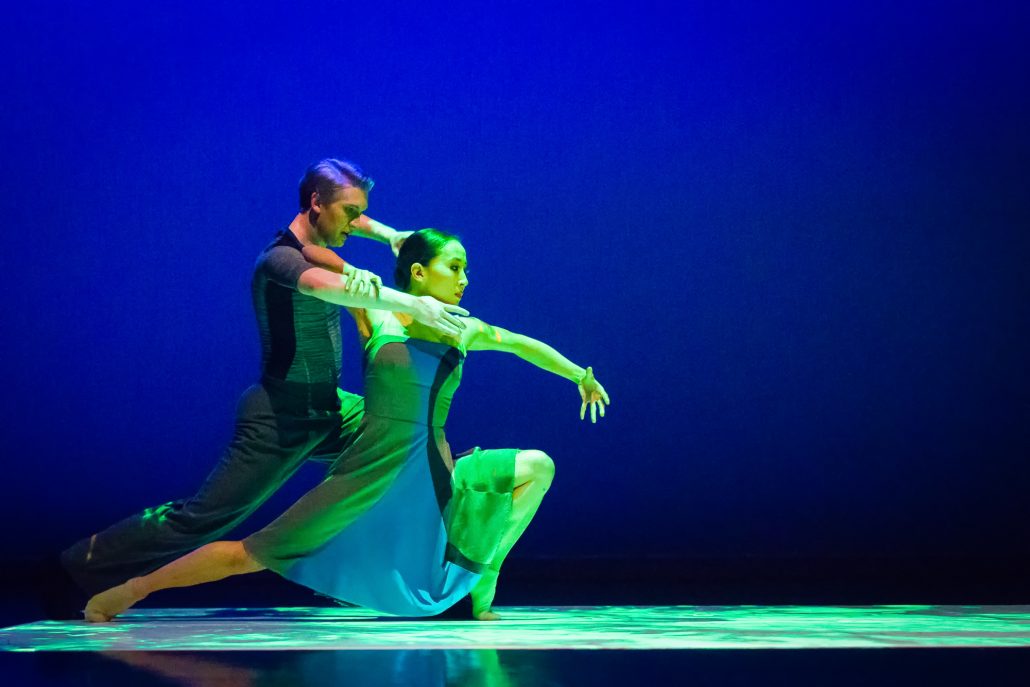
The first pas de deux dissolves into a second duet between Cassidy Isaacson and Matthew Wenckowski. Dressed in costumes identical to the first couple, I found myself imaging their dancing as a later phase of the same relationship, one where the couple is less ensconced with each other and more selfconscious. Isaacson and Wenckowski partner intricately but rarely make eye contact, often staring out at the audience as though wondering what others think of them. The fuzzy, grainy music adds to the feeling that there are spectators just outside of view, whispering, judging, and commenting to each other. Wenckowski is left on stage alone. The combination of the dark lighting and his black pants draw attention to his bare torso, emphasizing each muscle. His arms reach further than imaginable, emanating from some sort of angst. His gorgeous movement ends in slow walking, mirrored by Isaac Aoki. Wenckowski leaves Aoki works himself into awkwardly beautiful positions. Yuka Oba meets him on stage and they begin dancing, perhaps representing the final, mature stage of the relationship. Their steps are the most complicated and intricate, suddenly resolving into identical poses the way a long-term couple can finish each other’s sentences.
Oba is left on stage alone as Aoki fades into darkness, moving with distress showing openly on her face. She stops, facing the public, as though she can no longer go on without her partner. But she begins again, continuing on as the lights black out. Williams’ piece is pretty, choreographed with a vocabulary of steps that veteran MOVEMEDIA audience members will be familiar with. The simplicity of lighting and costumes allows the viewer to assign their own meaning to each relationship.
Penny Saunders shares a similar background with Williams: both have danced with Hubbard Street, a mainstay of Chicago’s contemporary dance scene and began their choreography while working for that company. Both have choreographed on Grand Rapids Ballet previously and tend to use space holding, manipulation, and a certain fluidity in the movement they create. Saunders’ work, “In Frame”, danced to Max Richter’s arrangement of Vivaldi’s esteemed The Four Seasons, is a more cohesive vision than “Glean” and exhibits complexity that outdoes Saunders’ own preceding works. The choreography itself features well-rehearsed unison movements but breaks off into variations and intriguing patterns before the synchronicity grows tiring. The movement of the dancers bodies creates shapes that expand beyond the dancers themselves, building architecture that spans the breadth of the stage. Together the dancers operate like cogs in a machine, passing an invisible fireball between them, holding the intensity in their deep lunges and engaged arms.
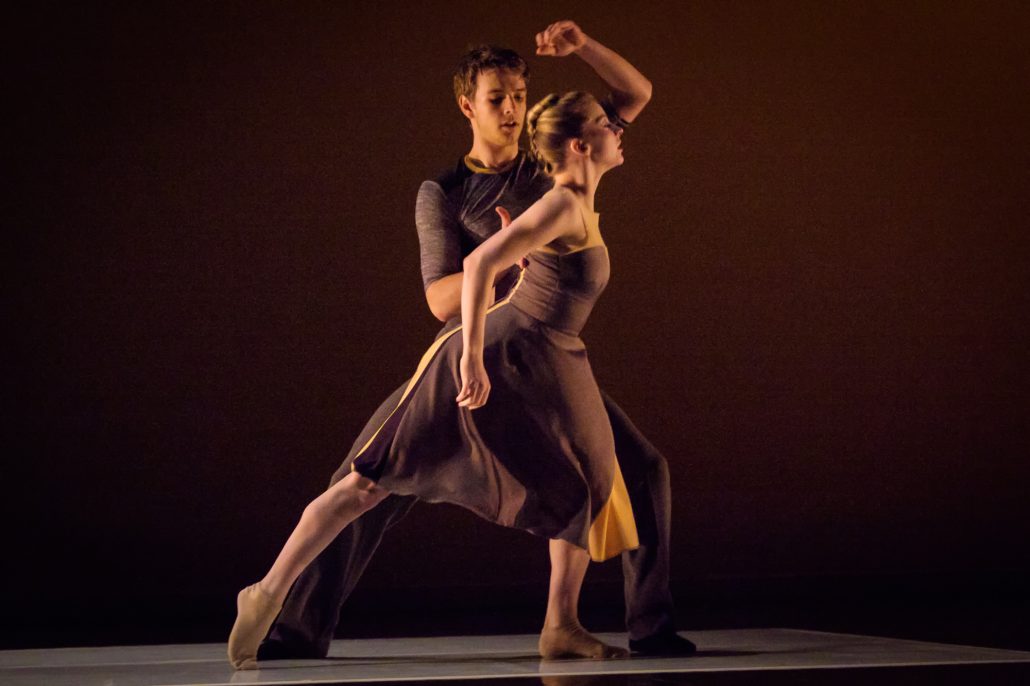

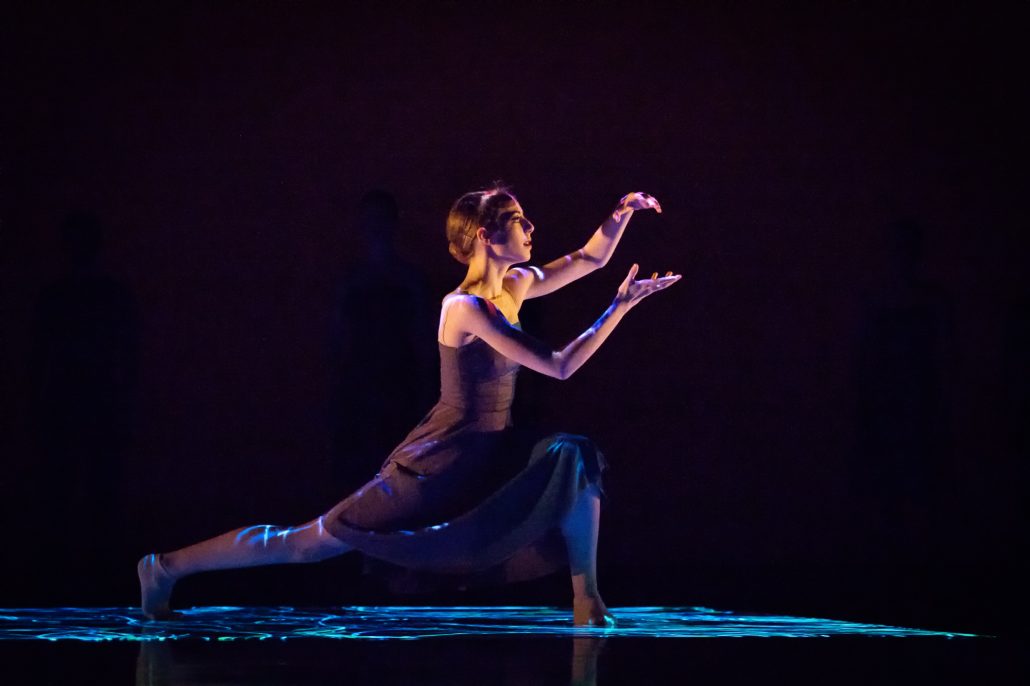
The piece opens and closes with the image of a single dancer sitting on a bench, contemplating artwork by Alice Klock that’s projected onto a hanging picture frame. Others enter in the darkness, as though they are the ideas she thinks of while examining the work. As the lights come up, this dancer is absorbed into a diagonal, interacting with the fragments of her imagination. They all become part of the imaginary world inspired by the artwork, participating in the journey of creativity art can inspire. Saunders’ work gathers power from the strength of the group work that swirls over the stage through the Spring, Summer and Fall movements, making Caroline Wiley’s solo to Winter stand out in its simplicity and quietness. There’s very little technical movement in this dance: Wiley spends most of her solo on the floor in the center of a projection of a Klock painting. Despite the absence of pirouettes, jumps, or extensions, this solo is absolutely breathtaking. Wiley gives each detail immense importance, forcing the viewer to also immerse themselves in the minute movements of her body. Perhaps this is the true portrait of an artist, alone, experimenting, unassuming and free of self-consciousness despite the onlookers on the outskirts.
My biased review is only one take on this diverse MOVEMEDIA program. I encourage you to experience and interpret it for yourself and continue the discussion.
